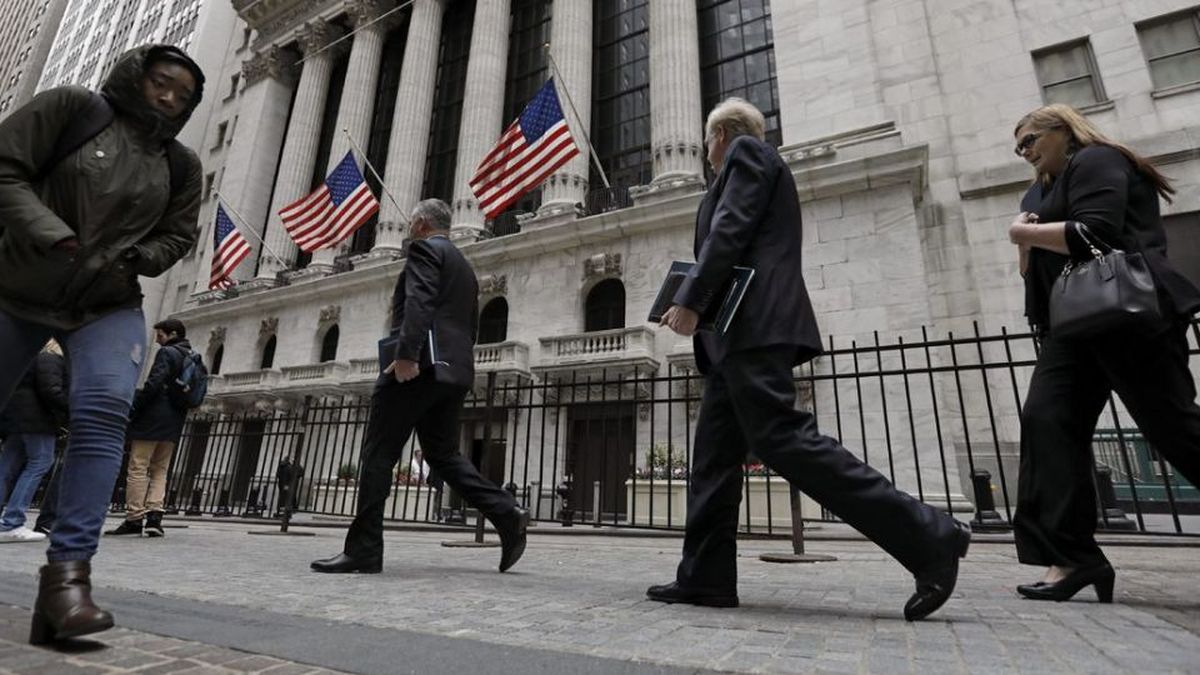Weekly unemployment requests in the US reached 228,000 in the week ended on May 3, below 230,000 requests anticipated by consensus.
The Weekly unemployment requests in the US reached 228,000 in the week ended on May 3which represents a decrease of 13,000 in relation to the level of the previous seven days, according to the data published Thursday by the US Department of Labor.
The content you want to access is exclusive to subscribers.
It should be noted that this figure was below 230,000 requests in advance of the consensus. Thus, the Unemployment rate was 1.2%, which represents a decrease in a tenth From the previous week, and the number of unemployed workers fell to 1,879,000, after a decrease of 29,000 with respect to the previous period.


The highest unemployment rates They were recorded in New Jersey (2.5%), Rhode Island (2.5%), California (2.3%), Washington (2.1%), Columbia district (1.8%), Illinois (1.8%), Massachusetts (1.8%), New York (1.8%), Puerto Rico (1.8%), Minnesota (1.7%) and Nevada (1.7%).
The greater increases in initial applications They occurred in New York (+15.418), Massachusetts (+3.301), Georgia (+1.207), Puerto Rico (+1.012) and Nebraska (+570), while The greatest decreases They took place in Connecticut (-2.340), Rhode Island (-1.850), Missuri (-1.696), Michigan (-1.436) and Washington (-700).
Why is it important for the market
The US unemployment rate is a key fact for markets because it acts as an economic health thermometer and a guide to the Federal Reserve Monetary Policy (FED). A low unemployment rate usually indicates a strong economy, with employment growth and greater consumption.
On this it is important to note that if unemployment falls and inflation accelerates, The Fed can raise interest rates to cool the economy and contain prices. If unemployment goes up, the Fed could lower rates or keep them low to stimulate credit, investment and consumption.
Source: Ambito




